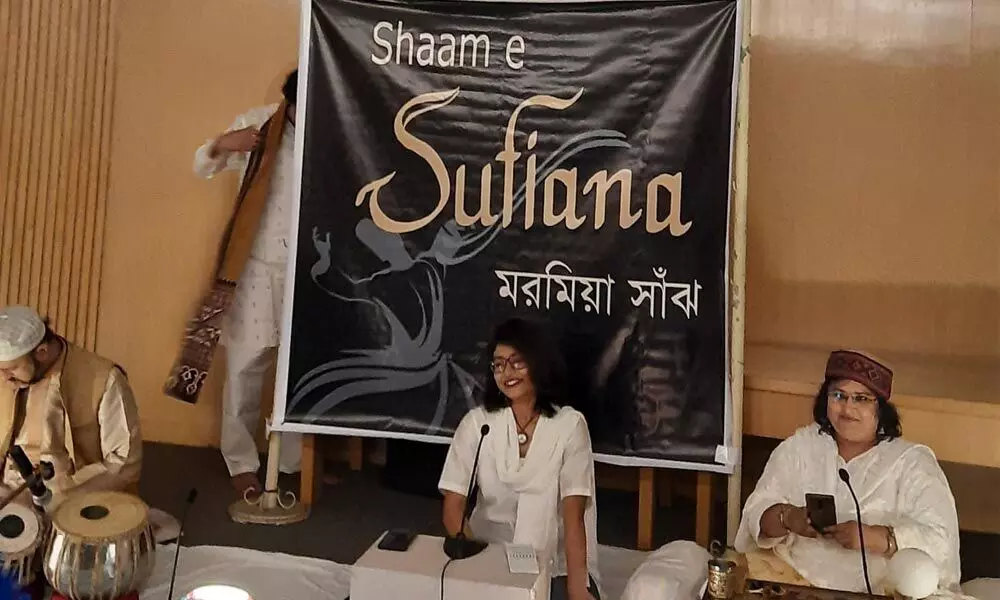From audacious auditor to doubtless dastango
IA&S officer Suparna Deb excels in Dastangoi, a 13th century Urdu oral storytelling art form
image for illustrative purpose

Kolkata: What has storytelling got to do in audit assignments or high profile administrative jobs? The answer would certainly be an emphatic 'nothing'. But Suparna Deb, a top civil servant and Director General (GASAB-1), Comptroller and Auditor General of India, has been proving this wrong, doing both (numbers crunching and storytelling) with equal elan.
Deb, a 1991 batch IA & AS officer, who had earlier done her Masters in History, has proved her mettle in various high profile international audit assignments including United Nations World Health Organisation, Geneva, Audit of RO (EMRO) of World Health Organisation at Cairo and Kabul, Financial (Attest) audit at NAO, UK, London and Embassy Audit of Indian Missions at New Zealand and Australia. As co-founder of Calcutta Karavan, Deb is now proving her equally strong grit as dastango, or storyteller, whose voice is his/her main artistic tool in orally recreating the dastan or the story.
Dastangoi is a 13th century Urdu oral storytelling art form. Subsequently, the Persian style of Dastan evolved in 16th century. One of the earliest references in print to dastangoi is a 19th-century text containing 46 volumes of the adventures of Amir Hamza titled Dastan e Amir Hamza. The art form reached its zenith in the Indian sub-continent in the 19th century and is said to have died with the demise of Mir Baqar Ali in 1928. Dastangoi was revi ved by historian, author and director Mahmood Farooqui in 2005.
The early dastangos used to tell tales of magic, war and adventure, and borrowed freely from other stories such as the Arabian Nights, storytellers such as Rumi, and storytelling traditions such as the Panchantantra. From the 14th century, Persian dastangois started focusing on the life and adventures of Amir Hamza, the paternal uncle of the Islamic prophet Muhammad. The Indian stream of dastangoi added storytelling elements such as aiyyari (trickery) to these tales.
And now Deb and her Calcutta Karavan are experimenting with bringing back the hidden love stories of wanderers, which often leave one intoxicated.
For instance, through its latest presentation: Shaam e Sufiana, Deb and her Calcutta Karavan narrated some very unique stories from its treasures- Bagh o Bahar, which means garden and spring, two very short spans of beauty and love in human life. Once Hazrat Amir Khushroo narrated the stories of four dervishes (Dastan of Char Darwesh) to his ailing master Hazrat Nizamuddin Auliya. The adventure of four dervishes, scouting for love and beauty reveals the secret of life. It's a tough journey of pain and passion, at the end of which a mystical peace engulfs everyone.
The top civil servant has lined up an ambitious plan of celebrating different flavours of joy from the city of joy with Calcutta Karavan through storytelling, heritage walks, history talks, food walks, music, poetry and much more.

